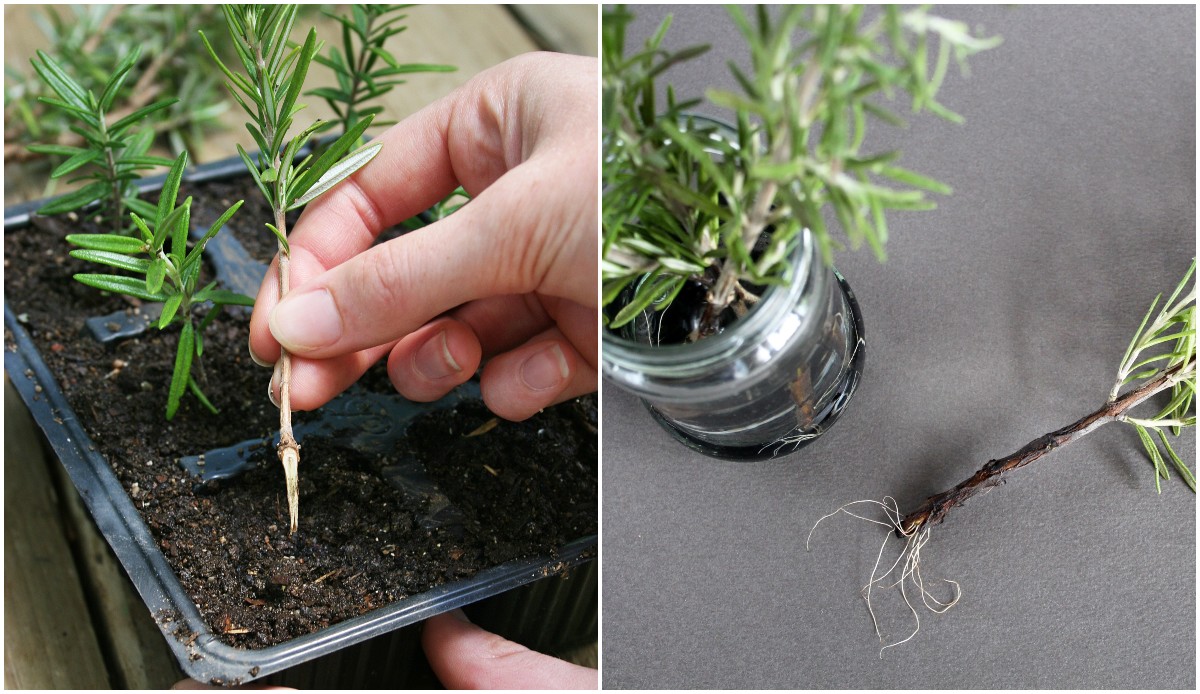To cut down on mowing—and make my land more biodiverse—I’ve been converting sections of my lawn into extra perennial flower beds, vegetable plots, and even mushroom gardens. One area now includes oyster mushroom logs and lion’s mane totems.
And I recently inoculated my old potato patch with woodland blewit mushroom spawn. (Check out the video for the whole process. You’ll also get an update on the mushroom garden surrounding my decorative pond.)
Read more: Watch a video on installing a decorative pond!
Known as Clitocybe nuda or Lepista nuda, woodland blewits are choice edible mushrooms. They naturally occur in moist, shady conditions and can thrive on many types of organic matter.
“The food source for a blewit is leaf litter and decomposed woody debris,” notes Tavis Lynch, a field mycologist and the author of Mushroom Cultivation: An Illustrated Guide to Growing Your Own Mushrooms at Home. “Pine straw also works really well for blewit cultivation.”
To set up my blewit patch, I first cut back the weeds and turned over and broke up the soil. Next, I added pine needles and leaves from last season. Then I crumbled up my blewit spawn and sprinkled it over the planting bed.
After that, I added a layer of finished compost, straw and less finished compost. I topped this with another layer of blewit spawn and more mulch, straw and spawn.
Read more: Grow your own lion’s mane mushrooms using the totem method!
Although we were about to get a good rain, I watered the planting bed by hand. I followed up with one more thin layer of finished compost. Finally, I topped the whole thing with plastic sheeting to help lock in moisture.
I’ll keep this in place for a couple of months, peeking beneath it periodically to make sure my blewit patch isn’t too dry.
Now, if I’m lucky, I might have my first harvest as soon as this fall. Still, it can take up to 18 months before blewit spawn begins to fruit. “Blewits are a lot less predictable [than other mushroom types],” Lynch says. “But, when you do get blewits, you’re not just going to get four or five. You’re going to get 400 or 500.”
When I start to see what I think are blewits, I’ll need to make sure they are, indeed, blewits. Before cooking up my haul, I’ll consult some of my mushroom guidebooks and make a mushroom spore print. (A woodland blewit spore print should come out a pinkish-buff color.)



.jpg)








